Have you ever stared into the hopeful eyes of a massive, bouncing dog and wondered if your cozy apartment is enough? You’re not alone. Many dog lovers dream of sharing life with a big, beautiful breed—only to realize that some pups need way more room than most homes can offer. Space isn’t just about square footage; it’s about letting these energetic souls stretch their legs, chase butterflies, and truly thrive. Let’s take a heartfelt journey through ten remarkable dogs who are happiest with space to spare.
Great Dane: The Gentle Giant With a Massive Footprint
Great Danes are the definition of “gentle giant”—impossibly tall, soft-hearted, and full of goofy charm. But with their long legs and boundless energy, they simply can’t get comfortable in tight spaces. Imagine a dog who can peek over your kitchen counter with ease; that’s a lot of dog to squeeze into an apartment.
If a Great Dane gets restless, you’ll notice pacing, heavy sighs, and sometimes even destructive boredom. They crave room to stretch out and a yard to lumber around in. Without it, their joints can suffer, and their spirits might droop. This breed is happiest when they can roam, lounge, and play without bumping into every piece of furniture.
Border Collie: The Brainiac That Needs to Run
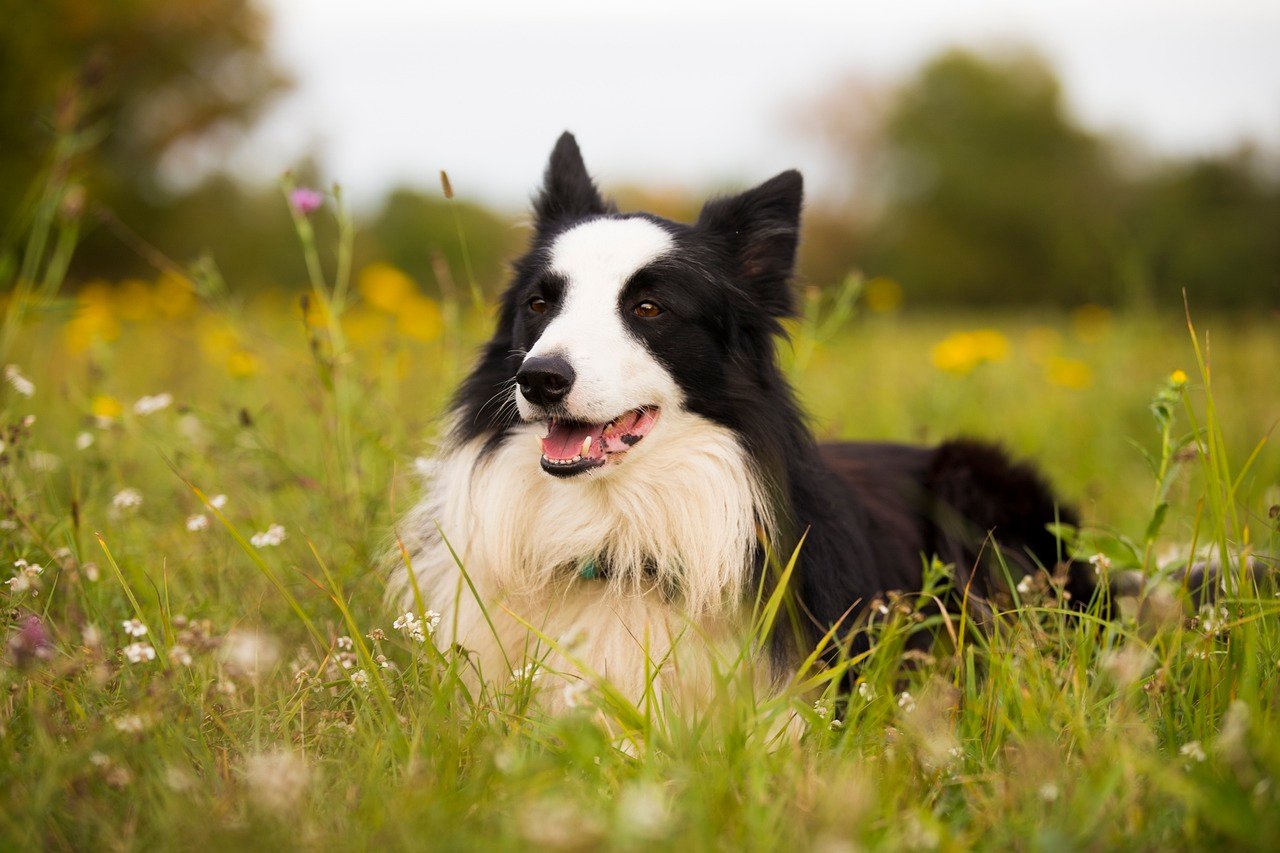
Border Collies are famous for their sharp minds and endless energy. These dogs were bred to herd sheep across entire fields, not just trot around a living room. If you’ve ever seen a Border Collie “herd” your kids or cats, you know they need a job—and plenty of space to do it.
Without daily exercise and mental challenges, Border Collies can become anxious or even destructive. Digging, barking, and obsessive behaviors are common signs they’re craving more room. A small yard or park isn’t enough; these dogs need wide-open spaces and lots of time to burn off steam.
Alaskan Malamute: Arctic Adventurer in the Wrong Climate
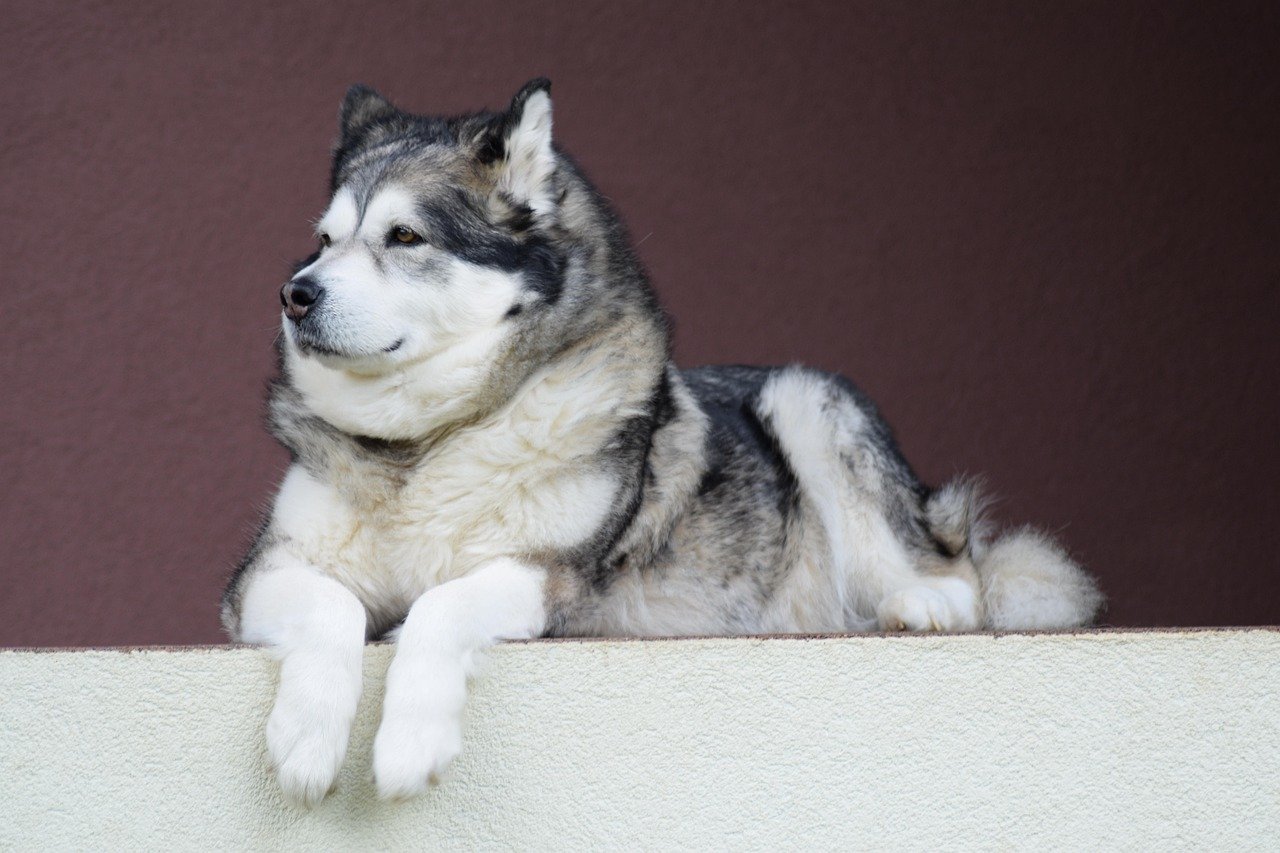
Alaskan Malamutes are built for hauling heavy sleds over snowy tundras. Their thick coats and powerful bodies are designed for the wild, not the confines of a small backyard. These dogs are happiest with space to run, dig, and explore—ideally somewhere cool.
Malamutes can become frustrated or even depressed when they don’t have enough room. You might notice excessive howling, chewing, or attempts to escape. To keep them healthy and happy, they need long walks, adventures, and a secure, spacious yard.
Irish Wolfhound: A Towering Companion Who Needs Elbow Room
Irish Wolfhounds are gentle, calm, and surprisingly laid-back for their size. But let’s face it: when you’re as tall as a small pony, you need more than a corner to curl up in. These dogs like to stretch out fully—often taking up an entire couch or two.
When they don’t have space, they can become stiff and uncomfortable, especially as they age. Wolfhounds are prone to joint and heart issues, which are made worse in cramped quarters. They appreciate a soft bed, a quiet spot, and plenty of room to move at their own pace.
Siberian Husky: The Escape Artist With Wanderlust
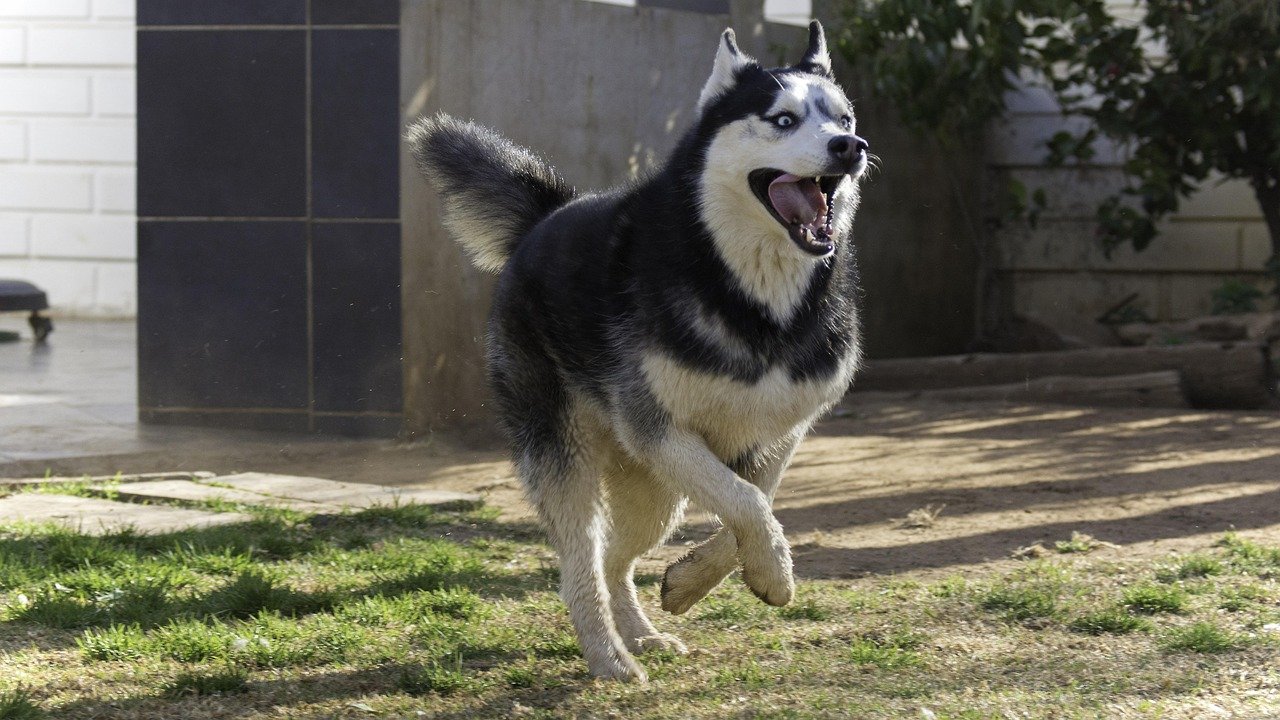
Siberian Huskies are infamous for their high energy and clever escapes. They were bred to pull sleds over vast distances, so being cooped up just doesn’t sit well with them. A small yard? That’s just another challenge to conquer.
You’ll know a Husky needs more space when you find holes dug under fences or hear them “talking” in protest. These dogs need secure, large spaces to run and play. Without it, they’ll invent their own adventures—and sometimes that means trouble.
Belgian Malinois: The Athlete Who Won’t Sit Still
If there’s any dog that needs a purpose and a playground, it’s the Belgian Malinois. These dogs excel at police work and agility sports, thanks to their drive and speed. In a small home, that energy can quickly spiral out of control.
Restlessness, barking, and destructive chewing are sure signs your Malinois needs more space. They thrive with daily training, games, and a yard to sprint in. Without enough room and stimulation, they can become anxious and difficult to manage.
Labrador Retriever: The Friendly Powerhouse
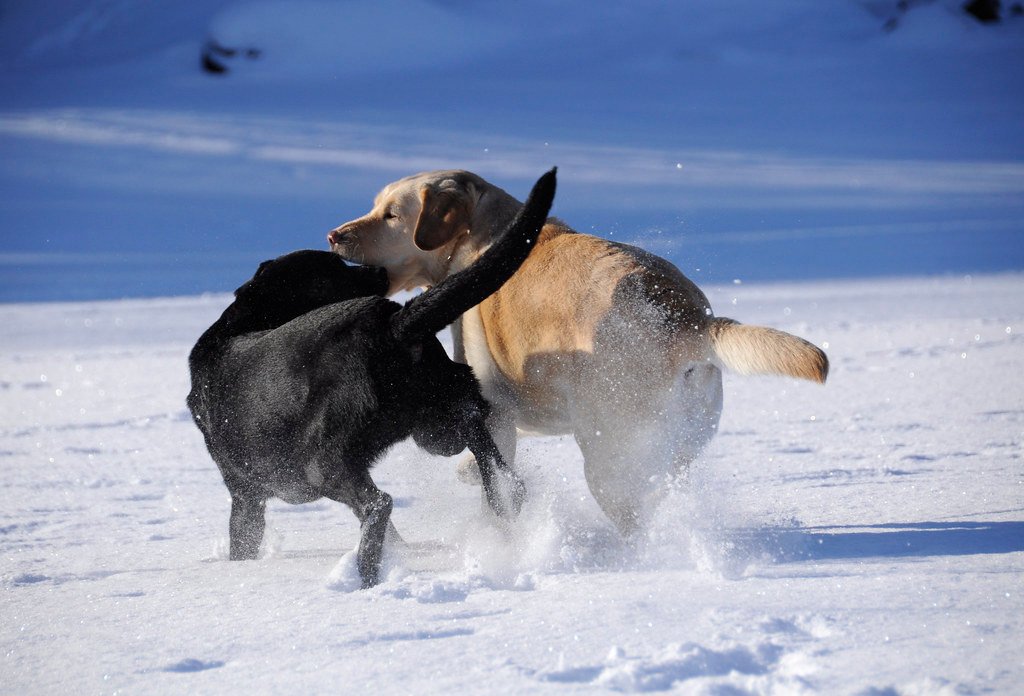
Labrador Retrievers may seem easygoing, but don’t be fooled—they’re full of enthusiasm and love to move. Labs adore running, swimming, and playing fetch, which isn’t easy in a tiny living room.
If your Lab starts gaining weight, acting out, or seeming bored, lack of space could be the culprit. Regular trips to a big park or a daily swim can work wonders, but ideally, Labs do best with a home that lets them roam and explore freely.
Weimaraner: The Graceful Gray Ghost With Endless Energy
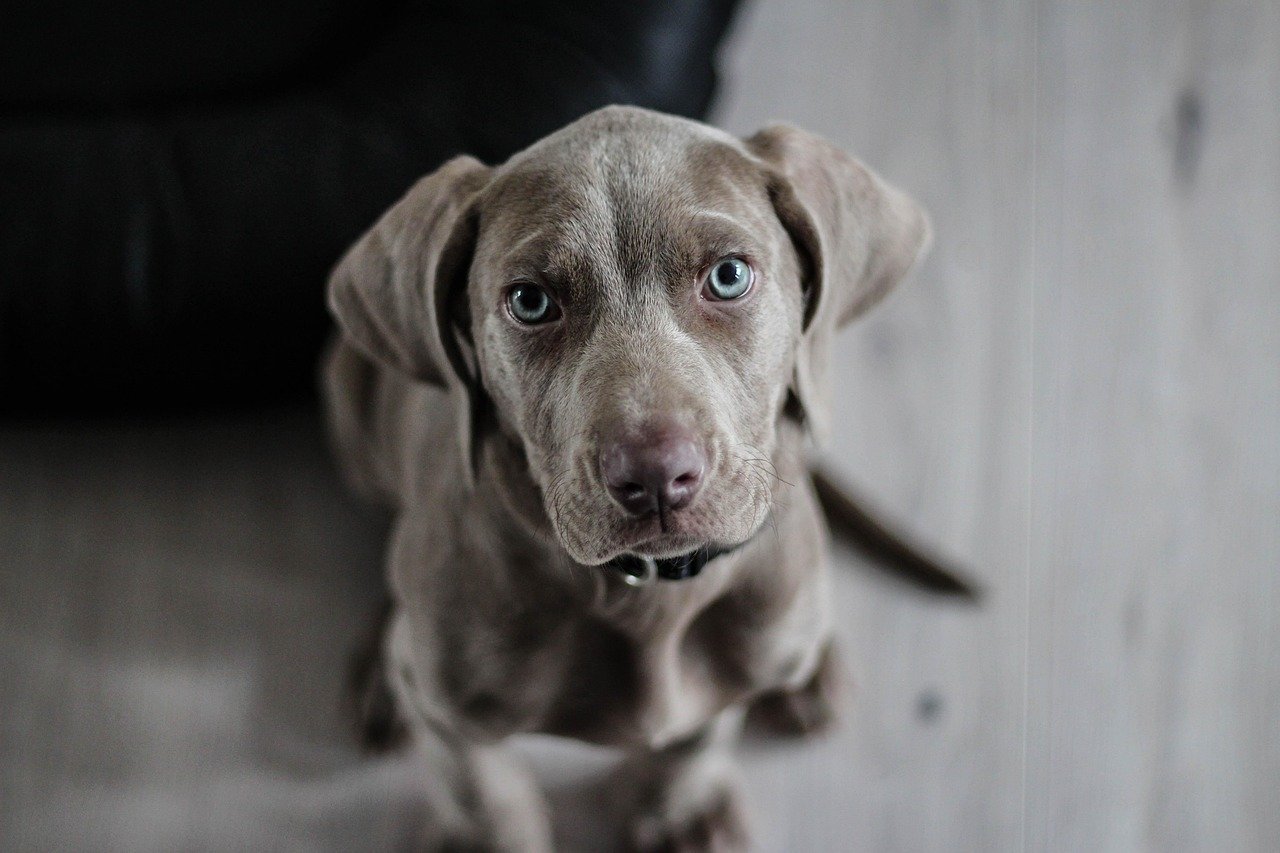
Weimaraners are stunning, athletic, and always on the go. They’re called “Gray Ghosts” because they move so quickly and gracefully. But in a cramped home, all that grace turns into frustration.
You’ll see signs like hyperactivity, chewing, or barking if your Weimaraner isn’t getting enough space and exercise. They need long walks, room to run, and interactive play to stay balanced and content.
Bernese Mountain Dog: The Gentle Soul Made for the Great Outdoors
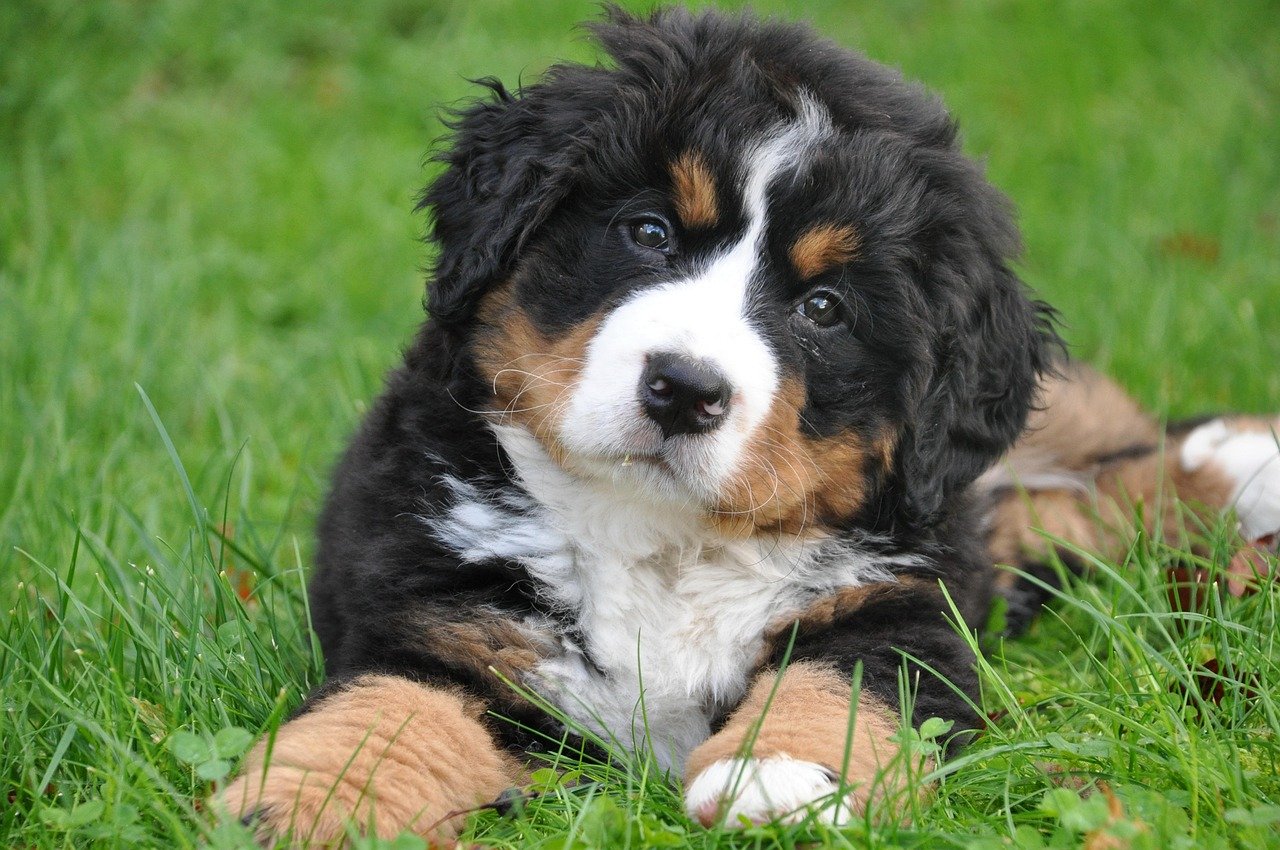
Bernese Mountain Dogs are big, fluffy, and impossibly sweet. They were bred to work on Swiss farms, pulling carts and herding cattle. Squeezing one into a city apartment just isn’t fair—to you or the dog.
A Bernese who’s stuck indoors might get moody, sluggish, or even develop joint issues. They need a yard, fresh air, and lots of family time outdoors. If you love the breed, make sure you can give them the space they deserve.
Afghan Hound: The Elegant Sprinter Who Needs to Stretch Out
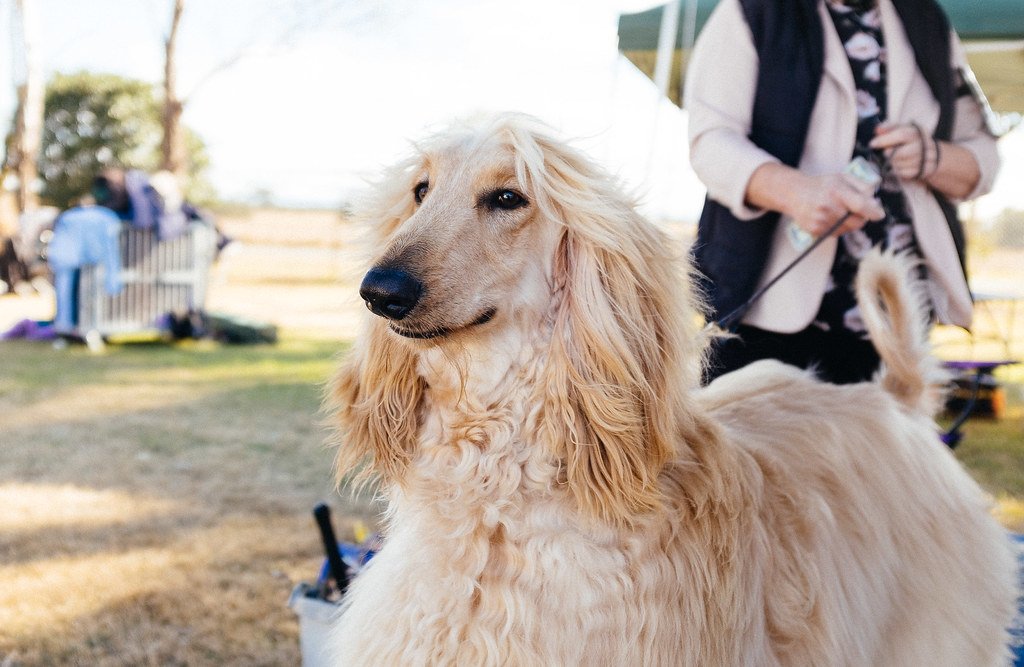
Afghan Hounds are known for their flowing coats and regal posture, but underneath, they’re true sprinters. These dogs love to run—fast and far—which isn’t possible in a small or cluttered space.
Signs your Afghan Hound needs more room include restlessness and attempts to bolt out the door. They need a secure, spacious area to stretch their long legs and satisfy their need for speed. Without it, they can become anxious and unhappy.

Esther is from India; the heartbeat of South Asia, holding a Master’s degree in Zoology and a postgraduate diploma in Animal Welfare. Her enthusiasm for animal welfare drives her passion and dedication to working for animals, ensuring their well-being, and advocating for their rights. With a solid academic background and hands-on experience, she is committed to making a positive impact in the field of animal welfare. In her free time, she enjoys embroidery and sewing. As a Chennaite from Tamil Nadu, Esther loves Bharathanatyam, an Indian classical dance form.






